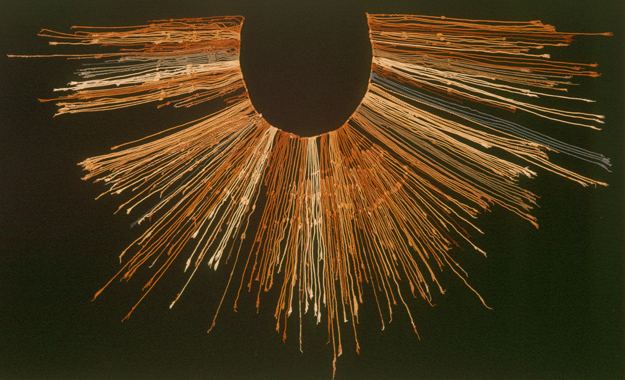 | ||
Knots and knotting have been used and studied throughout history. For example, Chinese knotting is a decorative handicraft art that began as a form of Chinese folk art in the Tang and Song Dynasty (960-1279 AD) in China, later popularized in the Ming. Knot theory is the recent mathematical study of unknots.
Knots of ancient origin include the bottle sling, bowline, cat's paw, clove hitch, cow hitch, double fisherman's knot, eskimo bowline, figure-eight knot, fisherman's knot, half hitch, kalmyk loop, one-sided overhand bend, overhand knot, overhand loop, reef knot, running bowline, single hitch, thief knot, Turk's head knot, and two half-hitches.
The eleven main knots of Chinese knotting are the four-flower knot, six-flower knot, Chinese button knot, double connection knot, double coin knot, agemaki, cross knot, square knot, Plafond knot, Pan Chang knot, and the good luck knot.
Knots of more recent origin include the friendship knot of Chinese knotting. The sheepshank knot originates from 1627 while the Western Union splice originates from the beginning of telegraphy.
Reef knot family
The reef knot is of ancient origin.
